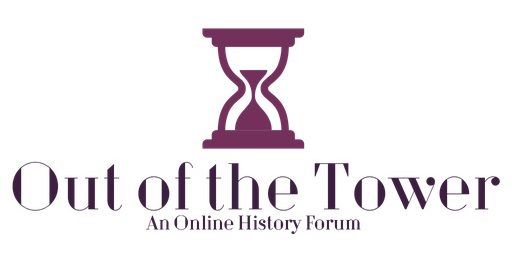 This past August marked exactly 70 years since American bombers dropped an uranium gun-type bomb (nicknamed Little Boy) on Hiroshima; this was an event that witnessed the obliteration of a large city in the blink of an eye.[1] Hiroshima did have a military presence, since it contained a naval base and the home of the Second General Army Headquarters. Nonetheless, American strategic planners aimed the bomb not at the army base, but at the very center of the civilian part of the city in order to maximize the bomb’s devastation.[2] On August 6, 1945, Little Boy exploded 1,900 feet above the courtyard of Shima Hospital with a yield equivalent to 12,500 TNT. The temperature at ground zero reached 5,400 degrees Fahrenheit, which immediately created a fireball within half a mile. The absolute devastation roasted many people alive; thousands of charred bundles were strew in the streets, sidewalks, and bridges. The instant destructive power of the bomb also vaporized many others. The bomb, for instance, left only the shadow of one man imprinted onto the granite steps of a bank; he had been waiting for the bank to open before the bomb hit. The blasts that followed the original explosion obliterated thousands of houses. Of 76,000 buildings in the industrial city, 70,000 were destroyed.[3] Altogether, the atomic bombing of Hiroshima killed around 90,000 to 100,000 persons instantly; by the end of 1945, the number of those lost had risen to 145,000 (only about 20,000 of them soldiers).[4]
This past August marked exactly 70 years since American bombers dropped an uranium gun-type bomb (nicknamed Little Boy) on Hiroshima; this was an event that witnessed the obliteration of a large city in the blink of an eye.[1] Hiroshima did have a military presence, since it contained a naval base and the home of the Second General Army Headquarters. Nonetheless, American strategic planners aimed the bomb not at the army base, but at the very center of the civilian part of the city in order to maximize the bomb’s devastation.[2] On August 6, 1945, Little Boy exploded 1,900 feet above the courtyard of Shima Hospital with a yield equivalent to 12,500 TNT. The temperature at ground zero reached 5,400 degrees Fahrenheit, which immediately created a fireball within half a mile. The absolute devastation roasted many people alive; thousands of charred bundles were strew in the streets, sidewalks, and bridges. The instant destructive power of the bomb also vaporized many others. The bomb, for instance, left only the shadow of one man imprinted onto the granite steps of a bank; he had been waiting for the bank to open before the bomb hit. The blasts that followed the original explosion obliterated thousands of houses. Of 76,000 buildings in the industrial city, 70,000 were destroyed.[3] Altogether, the atomic bombing of Hiroshima killed around 90,000 to 100,000 persons instantly; by the end of 1945, the number of those lost had risen to 145,000 (only about 20,000 of them soldiers).[4]
Read more

